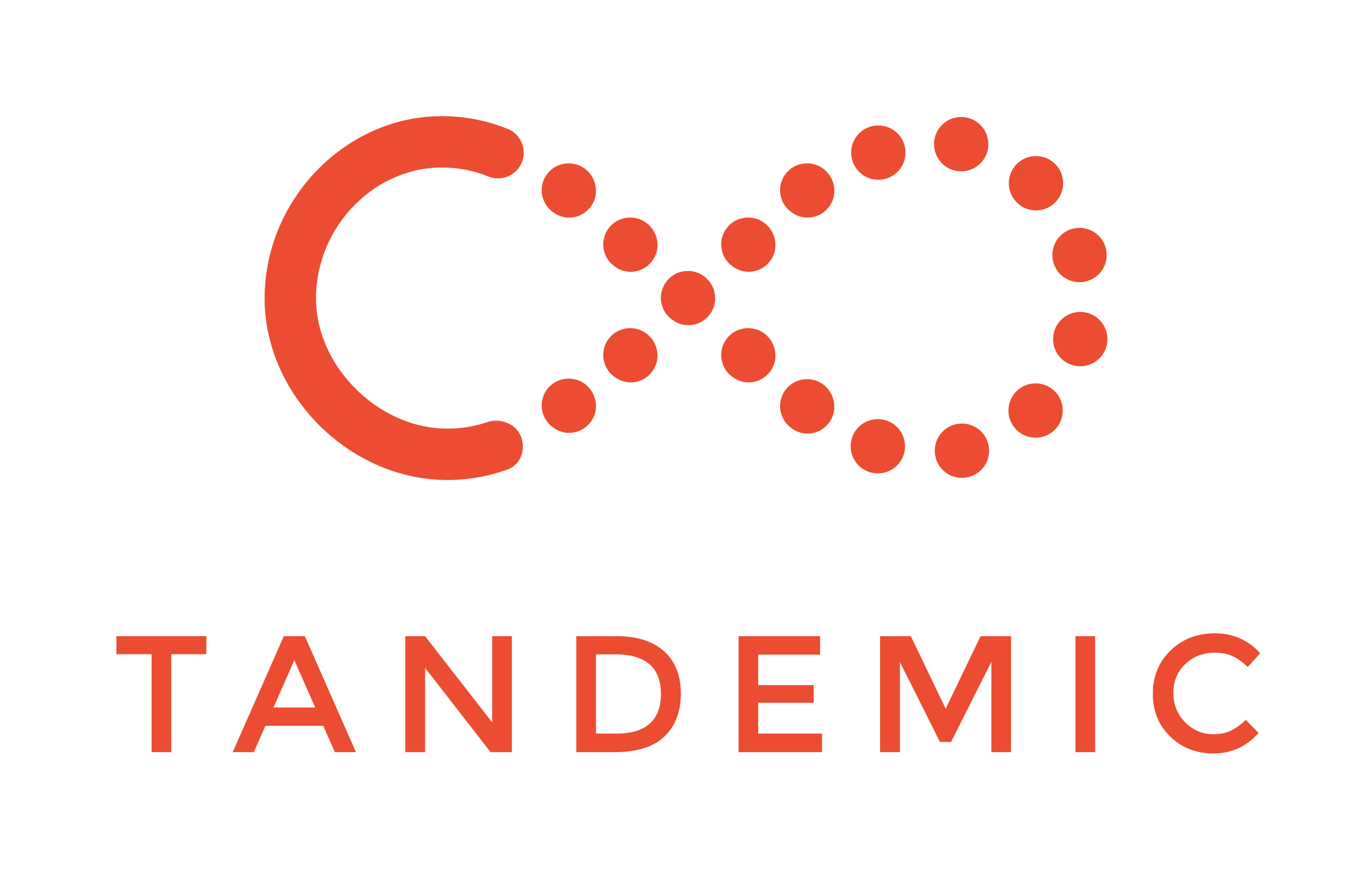

By Lily Jamaludin
Up until 2015, the world’s largest design thinking workshop was a four-day workshop in Germany for 761 high school students. Last year, Tandemic broke that record with a 1,000-person workshop in Malaysia. The workshop was commissioned by Malaysia’s largest fixed-line telco and was designed to give a portion of their 28,000-over staff a hands-on experience with design thinking.
How did the Tandemic team tackle this daunting task? And is a workshop of that size even useful? We spoke with Ronan Diego de Oliveira, the project lead, and Kal Joffres, a trainer for the workshop, to hear their takeaways.
1. Pinpoint your “aha” moments
“I think it’s really important to be realistic and focused on what we can achieve in this kind of workshop,” Kal says. “For many of our participants, this was their first experience with design thinking. The introductory workshop is part of a longer journey of building innovation capabilities in the organisation. It starts with building awareness, moves to building specific skills, and then to help people understand how they can apply in their everyday work.”
The team had three things they wanted to achieve with the workshop. “First, we wanted people to walk out with a positive first experience with design thinking. Second, we wanted everyone to have a clear idea of how this was more than a fun process—it’s something that helps you do work more effectively. The third is for people to see that design thinking is a practice that has depth. This is the beginning of the learning journey rather than the end… We spent a lot of time thinking about how we could design certain ‘aha’ moments into the workshop. For example, we really wanted participants to see what a massive difference it can make to go beyond the market research data and really understand a user’s context and underlying needs.”
2. Design from the user’s point of view
“I was imagining someone entering the room. By imagining their journey I could figure out what problems they would face,” says Ronan, showing me an extensive mind-map based on imagining a participant’s journey. “I created a persona for a person named Dan. Dan arrives in the workshop hall, it’s a huge room, how does he know where to go? Ah, the handout will tell him. What if Dan gets a couple of handouts, and then the handouts are separated by roles, and the roles have names?” In this way, he is able to understand how to design for not just each workshop step – but each concern and interaction that a user has in their journey.


3. Prototype the experience first
“Coaches or facilitators who help people as they’re doing work in their groups are really essential to a successful workshop,” says Kal. “Because it’s not a straight-line process and because something this size hasn’t been done before, there are a lot of unexpected things that can happen.” How did they find out? By prototyping of course. “The main insights for this training came when we prototyped it first,” says Ronan. He simulated the experience with the 55 facilitators for the workshop. Instead of training the facilitators in a traditional lecture format, he went through the entire workshop with them. Once they prototyped the experience, not only did facilitators have a clearer idea of how to do their job effectively, but the organising team had a better understanding of what would work and what didn’t.
4. Dance, dance, dance
The biggest concern in a running a massive workshop of this size is how to keep people attentive. “It’s easy for people to get distracted. If they get lost, it’s really easy for one person to drive chaos around everyone,” said Ronan. One of the easiest ways for people to get distracted is when they switch mental modes—for example, moving from a hands-on activity, to listening to a short presentation. Ronan’s solution? Dancing. Drawing inspiration from a Tony Robbins workshops, participants were asked to dance every time they saw a purple slide in the presentation. Once the purple slide came on the screen, a song was played loudly over the speakers. “People can’t talk to each other anymore, their only option is to dance!” Ronan says, laughing. “This was amazing. We didn’t know if people would really dance, but they loved it.”
5. Be overly-organised
Being organised seems intuitive when planning a workshop, but it becomes a whole new beast when there are 1000 participants. As opposed to something like a conference or concert, all participants must be in sync, even when activities are switched every few minutes. When developing the workshop, each detail was meticulously developed. Content, including handouts and videos, were prepared in advance. Ronan pulls up maps of the halls on his computer – they show where participants would sit, how their teams were organised, and how facilitators would move throughout. Teams were planned in detail. Each participant in a team had a role: leader, investigator, engineer, and builder. “We divided everyone in teams of ten people each, and we divided all the hundred teams into five. There were twenty teams on each row, and each row we called it a squad, and each squad had one customer. There were five customers. Twenty teams for each customer.” The workshop had 55 facilitators, two trainers on stage, five facilitators per row, and Tandemic members going around the room. “We were very, very organised in terms of manpower allocation. We had a detailed checklist and a step-by-step process for all the facilitators too.”
. . .
The team’s biggest accomplishment came at the end of the workshop. Knowing that workshops were often difficult to run on time, they didn’t know if the workshop would run over the 4-hour limit.
But then Ronan says, laughing, “But by the end when we finished, and we looked at our clock, it was three hours and fifty-nine minutes.”
. . .
Looking for an introductory or in-depth design thinking workshop? Have a look at our programmes, from 3-day workshops, to week-long design sprints, and 12-week innovation incubation programmes.

